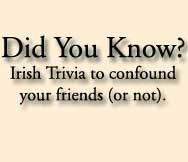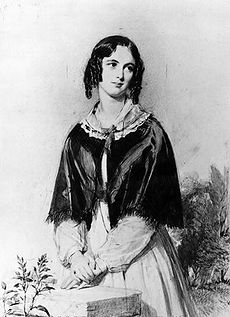CROESO CYMRAIG
which means
WELCOME TO WALES
1. TEISEN GOCOS ~ COCKLE CAKES
Fresh cockles always, buy enough for everyone at the table. Stand overnight in water sprinkled with oatmeal. Wash well and boil. Dip in thick batter and fry a spoonful at a time in hot fat.
The Welsh make everything simple.
2. BRITHYLL A CIG MOCH ~ BAKED TROUT AND BACON
Line a pie dish with thin slices of streaky bacon (cig moch), Split and clean the trout, (I bone my trout first) and place on the bacon. Sprinkle with chopped parsley, pepper and wee pinch salt. Cover with tinfoil and bake for twenty mins 200°c, serve with minted new potatoes. I grow my mint and rosemary etc in wide mouthed flower pots outside the kitchen door. (Major aroma's at night when planted next to stock and wild honeysuckle.)
3. PASTAI BRAIN BACH ~ ROOK PIE!
It was usual to have a "rook shoot" in May, when the farmers shot many young rooks. I must admit I never had a rook pie, but, I had many a Pigeon Pie, and a dam good pie it was, as well. It was made the same way as rook pie, (remember the rhyme 4 and 20 black birds backed in a pie) rooks my dears!
Only the meat from the breast of the birds was used, and this was put in a pie dish lined with short crust pastry. Chopped bacon, chives, and thyme were added to the meat then seasoned. a little stock (today's bisto) was added and a pastry lid covered the whole and it was baked in a moderate over about 180° till golden brown.
I remember one night my dad came home from a pigeon shoot, which I must admit ended after the "Dolben Arms" closed 10pm then. He had 12 pigeons and in his inebriate state he sat at the table. (typical Welsh kitchen table and proceeded to pluck the birds. Come the morning when us girls got up, the kitchen was covered in feather, my father asleep in the chair by the huge fire-grate. What a mess my mum went crazy and he spent the next three days in his potting shed. But she did admit later that the pigeons were plucked to perfection. You can tell were Dodie gets her devilment from. Mother always said we were like two peas in a pod,






 Similar interests can be found in paintings and graphics of Zofia Stryjeñska. Looking for inspiration in the Polish folklore she tried to portray Slavic deities and depict traditional festivities.
Similar interests can be found in paintings and graphics of Zofia Stryjeñska. Looking for inspiration in the Polish folklore she tried to portray Slavic deities and depict traditional festivities.


